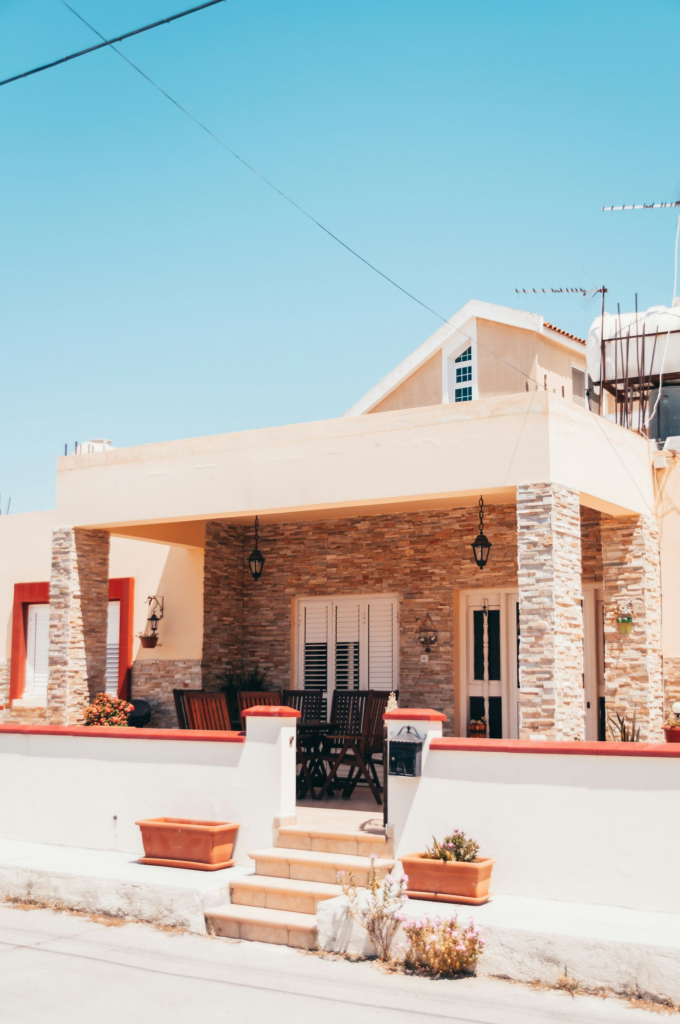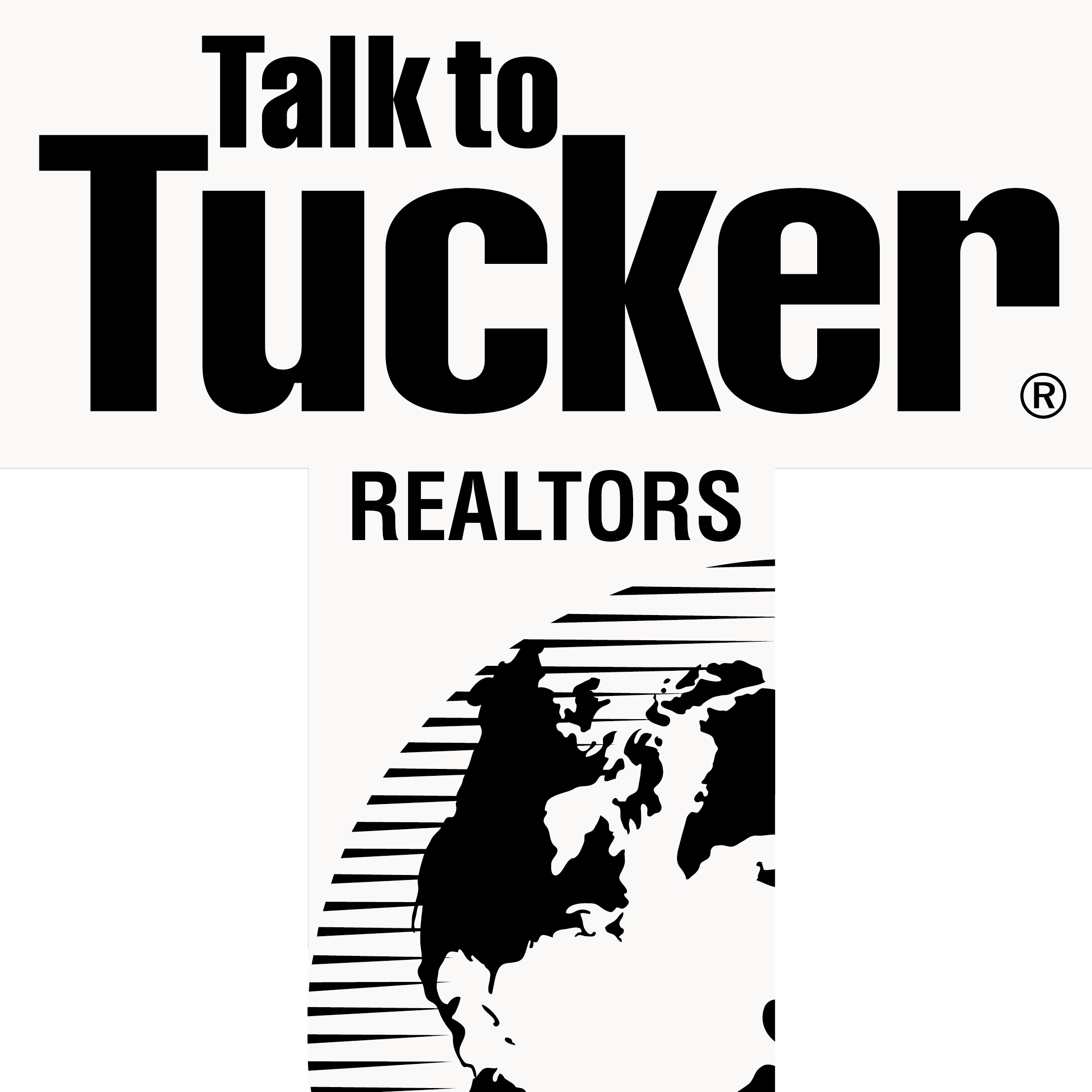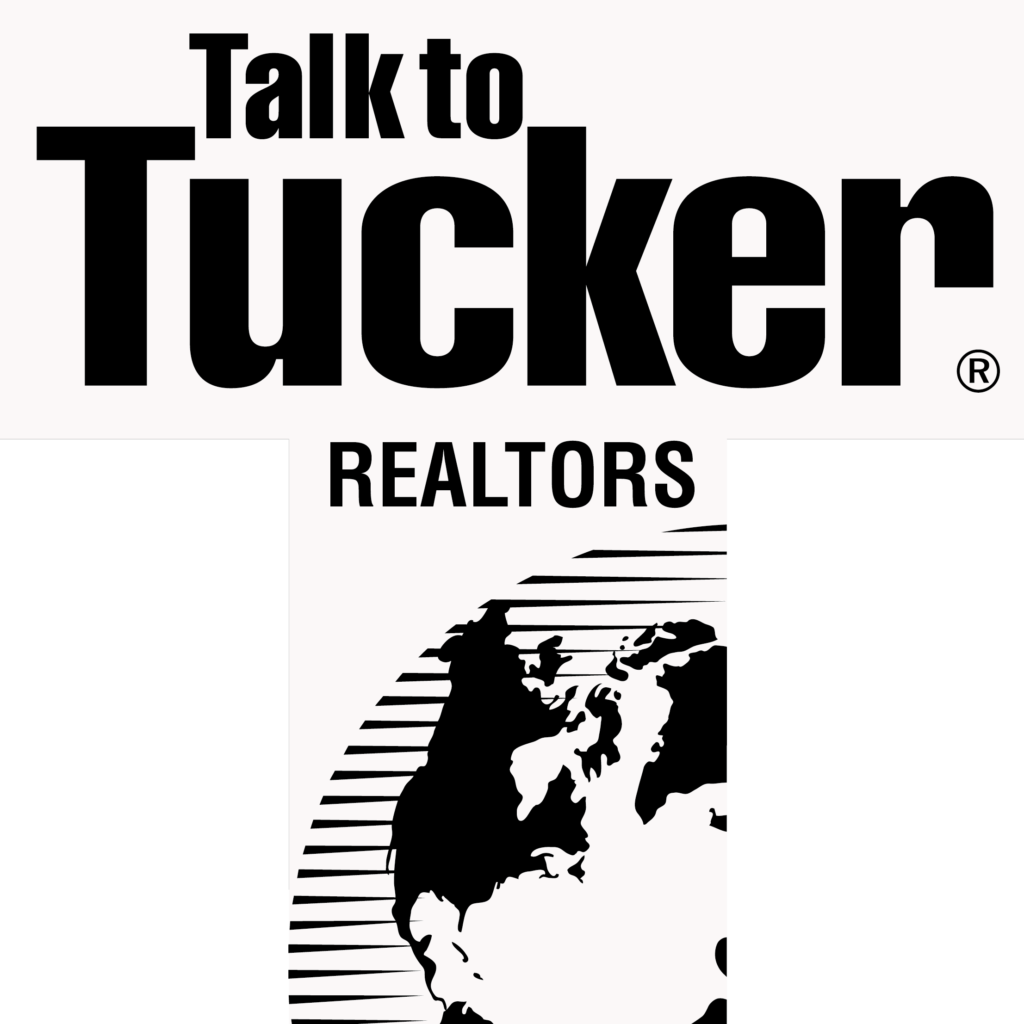
When you’re buying commercial real estate in Indiana—whether it’s a retail strip center, office condo, or multi-tenant industrial space—two key terms come up fast: cap rate and ROI (return on investment). These aren’t just financial buzzwords—they’re essential tools in evaluating the strength, risk, and profitability of your investment.
At Annie Scott Realty Group LLC, I help my clients break down these numbers with clarity, confidence, and local insight so they can make well-informed decisions—no finance degree required.
Here’s how I guide buyers through cap rates and ROI like a pro.
1. What Is a Cap Rate—And Why It Matters
The capitalization rate, or cap rate, is one of the most widely used formulas in commercial real estate. It reflects the expected return on a property based on its net operating income (NOI) and its purchase price.
Formula:
Cap Rate = NOI ÷ Purchase Price
For example, if a building produces $80,000 in NOI and costs $1,000,000:
Cap Rate = 80,000 ÷ 1,000,000 = 8%
What I Help You Understand:
- What’s a strong cap rate for your asset type and location
- Whether the income is stable or projected
- If the expenses and income used in the NOI are realistic
- How cap rates differ between retail, office, multifamily, or industrial
Pro Tip: A higher cap rate may signal better returns, but also more risk. I help you weigh both.
2. Calculating ROI: Beyond Just the Purchase Price
While cap rate looks at property value vs. income, ROI considers how your total cash investment is working for you—factoring in down payments, loan costs, and any improvements.
Formula:
ROI = Annual Profit ÷ Total Cash Invested
If you invest $250,000 in cash and your annual cash flow after expenses is $25,000:
ROI = 25,000 ÷ 250,000 = 10%
How I Help:
- Break down your true total investment (not just the list price)
- Model different loan scenarios and financing strategies
- Project future ROI based on rent increases or repositioning
- Show how small improvements (like raising rents or lowering expenses) can boost your ROI significantly
3. Comparing Properties Like an Investor
Many buyers focus only on the building’s appearance or location—both important, but not the whole picture. I help you take a strategic, investor-minded approach by comparing:
- Actual vs. pro forma NOI
- Occupancy and tenant strength
- Deferred maintenance or cap-ex needs
- Lease terms and renewal risk
- Market rents vs. current rents
I don’t just hand you numbers—I explain what they mean in context. We’ll ask:
Is this a stabilized asset? A value-add play? A long-term hold?
4. Understanding What’s Driving the Cap Rate
Cap rates aren’t one-size-fits-all. A 7.5% cap rate may be strong in Carmel but considered average in rural Indiana. I guide clients through:
- Local market trends and recent sale comps
- Asset class demand (office vs. retail vs. industrial)
- Tenant types (corporate lease vs. mom-and-pop)
- Interest rates and lending climate
Because I specialize in Indiana’s commercial markets, I help you read between the lines—and avoid overpriced or underperforming deals.
5. Customized Investment Analysis Tools
For clients buying income-producing real estate, I create detailed investment analysis reports that include:
- Year-by-year cash flow projections
- ROI scenarios under different lease-up or renovation strategies
- Break-even analysis
- Exit cap rate estimates and resale forecasts
You’ll walk away with a full picture—not just whether the numbers work, but whether they align with your goals, risk profile, and timeline.
Final Thoughts
Evaluating commercial real estate doesn’t have to be overwhelming. With the right guidance, you can confidently understand cap rates, ROI, and what makes a deal worth pursuing.
At Annie Scott Realty Group LLC, I partner with buyers who want more than just access to properties—they want clarity, strategy, and a strong return on every move.
Let’s break down your next investment together—and find the property that builds your future.
Photo Credit: Luxury Presence
Sources:
- CCIM Institute – Investment Analysis Principles
- Indiana Commercial Board of Realtors
- CREXi and CoStar Market Data
- Real Property Metrics (NOI Calculators & Pro Forma Tools)


